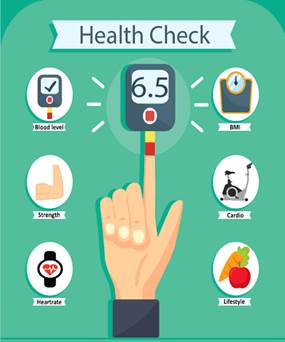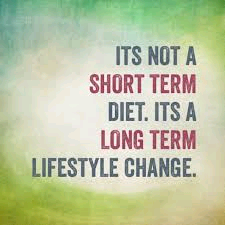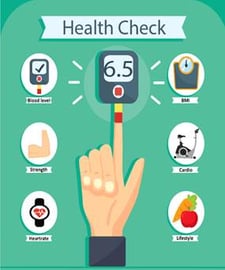SCM Webinar on Supply Chain Resilience: hype or lifestyle?

The SCM webinar on Supply Chain Resilience was held on Wednesday 2 December. It was moderated by Martijn Lofvers (Supply Chain Media) who interviewed Alfons Willemsen, a partner at Involvation. The webinar was inspired by an article that Alfons wrote in early October (Read here: supply-chain-resilience-hype-or-lifestyle). As underlined by the large audience of around 50 viewers for the webinar, it is clearly a topical theme.
Supply Chain Resilience is a lifestyle
Covey’s time management matrix was used to position Supply Chain Risk Management. This is always an important topic, but it only becomes urgent in a crisis – and that’s exactly where companies find themselves today, which explains the high level of focus on risk management right now. However, there is concern that the attention will fade again as soon as the crisis has passed. The webinar also touched on the metaphor of excess weight and a heart attack (see the above-mentioned article). It’s time to start seeing resilience as a lifestyle choice and make fundamental changes. Benefit from the lessons learned and the current momentum to push ahead!
Link to strategy
During the webinar, an interesting discussion arose about the relationship between strategy and resilience, but the strategy is – and should always be – the starting point. The question is, how can you embed and/or improve resilience in your strategy? A strategy means making choices: what you do, but also what you don’t do. For example, this might mean that you choose flexibility at the expense of efficiency. That’s fine as long as it’s a conscious decision, but not if you suddenly discover that you lack flexibility when you need it. One question during the webinar related to the relationship between a lean strategy and resilience. Indeed, an excessively lean strategy that has been executed too dogmatically can result in a complete lack of resilience; there are examples of this happening in practice. In general, companies that are focused on lean/efficiency tend to be naturally less resilient. However, it’s still possible – and in many cases essential – for them to make improvements. It’s like a taut wire; the tightly stretched supply chains are most susceptible to disruptions.
What typifies the current crisis?
The classic risk management approach analyses possible risks (the sum of likelihood times impact) and identifies where mitigating action should be taken. Things go wrong when we face so-called ‘unknown unknowns’ (Black Swans). They are difficult or even impossible to assess on the classic likelihood/impact basis. What typifies the current crisis is that a pandemic creates lots of unknown unknowns. Which borders will close and when? Which countries will enter lockdown and when? What is the availability of freight transport? What is the impact on spending and product demand? In his recent book, Professor Yossi Sheffi from MIT described this as a ‘whack-a-mole’ crisis: whenever a problem arises you try to bash it on the head, but new problems keep popping up all around you. This has resulted in the current situation, in which supply chain professionals are still doing a lot of operational fire-fighting every day.
The classic trade-offs
A number of classic trade-offs were discussed during the webinar. Should we solve the problems using stock? Should we have dual sourcing everywhere? Should we stop globalizing? It is tempting to go for the opportunistic answers (the ones that are making headlines every day), but these are all classic trade-offs that don’t have straightforward solutions. The right decisions depend on the context. So it could be that you need to opt for dual sourcing, but alternatively you might be able to reach better and smarter agreements with certain suppliers. Inventory is another good example. First and foremost, it’s crucial to have the ‘right’ stock, but it will always be a trade-off. The only way to be 100% sure is to hold a huge amount of inventory, but that’s probably not the best solution…
Lessons learned from the crisis
So what now? Do we want to have to keep fighting operational fires after this crisis has passed? Or will we start implementing professional risk management after the crisis (referring to Covey’s matrix)? It is important for organizations to make a lasting lifestyle change and become resilient, but Supply Chain Resilience is a comprehensive and complex concept. The best place to start is with the lessons learned. What worked, and what didn’t? After reflection, select the key lessons. This is also the perfect time to capitalize on the current heightened attention from senior executives and make real progress. Draw up a plan and start implementing it. Stay alert and make the right choices. Be ambitious, but don’t try to do everything at once. Because Supply Chain Resilience is so broad, the advice is to ‘eat the elephant one bite at a time…’!
Do a health check
To help organizations stay in shape for their new lifestyle, Involvation is developing a Supply Chain Resilience Health Check which can be used to gain insight into the current situation. The results from the Health Check are interpreted and analysed to discover what has gone well and what hasn’t. These findings are then translated into actions. The Supply Chain Resilience Health Check is designed to be as relevant as possible and can be adapted in line with the customer’s specific circumstances. We are currently evaluating the relevance and comprehensiveness of the tool in conjunction with a number of institutes of higher education. The Supply Chain Resilience Health Check will be ready for practical use by businesses in the first quarter of 2021. Contact us to safeguard lasting future health!





